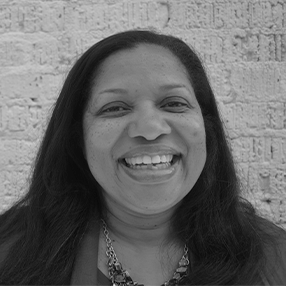The City Cemetery was established in 1847
on “high ground, sixteen feet above sea level” in Key West
following the disastrous hurricane of October 11, 1846,
where the then beachside cemetery was unearthed due
to the winds and seas.
—“Historic Key West City Cemetery,” City of Key West Florida
In Key West, the living surround the dead,
who are the best neighbors
silent and agreeable as well-swept porches.
A fence that separates this world
from the next keeps their restless spirits
in or ours out. Do these dead know they are
dead, lying in their own dead ghetto, their little
houses stacked, neat bleachers, or lined up like
rows of beach towels?
Each morning the living rise like drowned
voyagers from their beds, dreams, sleep slough
falling from their eyes. They greet mortality
a footfall from their door. What is it like to live
among the dead? What is it like to rest among
the living? Do the dead dream too?
Do they turn their dead faces beyond the fence,
like moths to fever and regret?
Once, the sea rose like an emancipator
and pulled the dead from their parched
slumber. Bones as needy as dry fruit rose
like giddy children upon the sea’s fickle back.
What joy that must have been, to ride
the sea free of stone abode, to leap
and turn like froth, like ash dancing
among a living flame. In the end
the dead were dead again, slumped in trees
and elsewhere like drowned creatures, and the
living were left alive again to bury and to mourn.
Copyright © 2024 by Jacqueline Allen Trimble. Originally published in Poem-a-Day on February 28, 2024, by the Academy of American Poets.
“I was struck by the proximity of the dead to the living. Questions bombarded me. Is it weird to live with a graveyard on your doorstep? What do the dead think of this arrangement? Does this proximity make death less scary? More ordinary? I remembered this cemetery was created in 1847 because a hurricane destroyed the old one, lifted the dead from their graves, and left them in the forest. Seemed like a good vehicle to consider the nature of mortality for both the quick and the dead.”
—Jacqueline Allen Trimble

